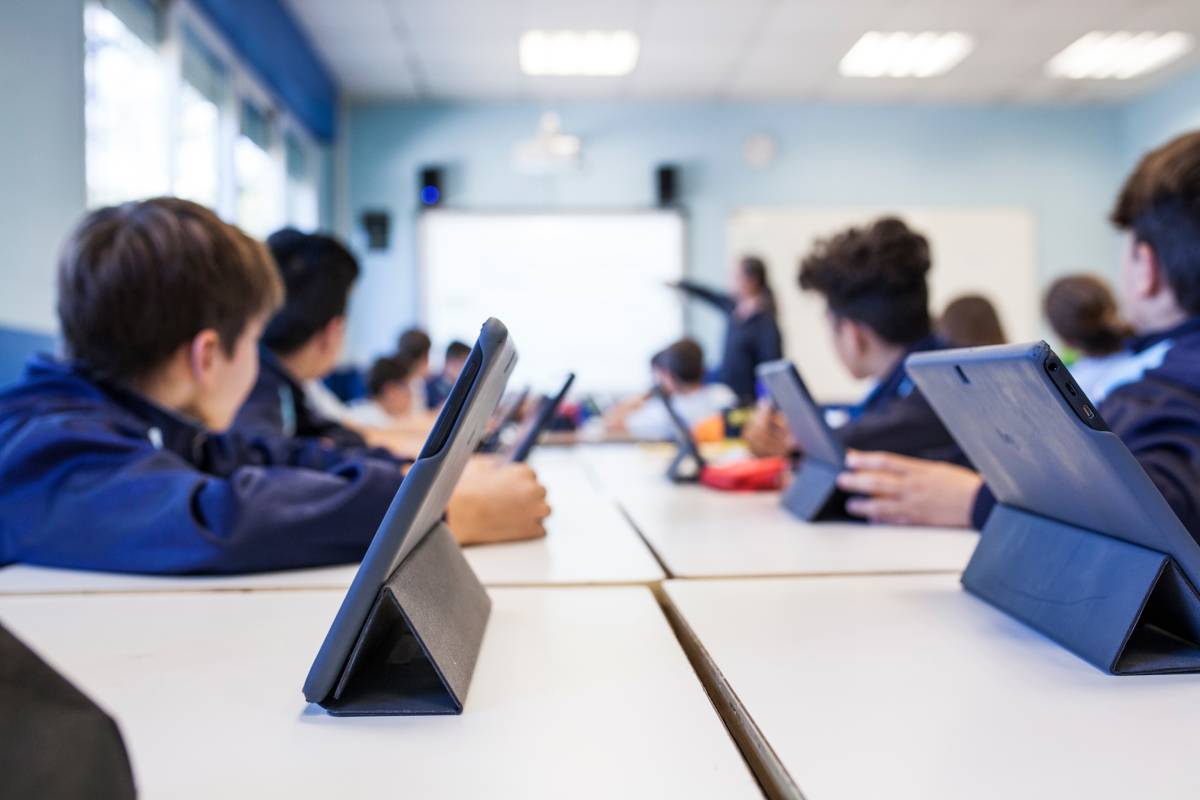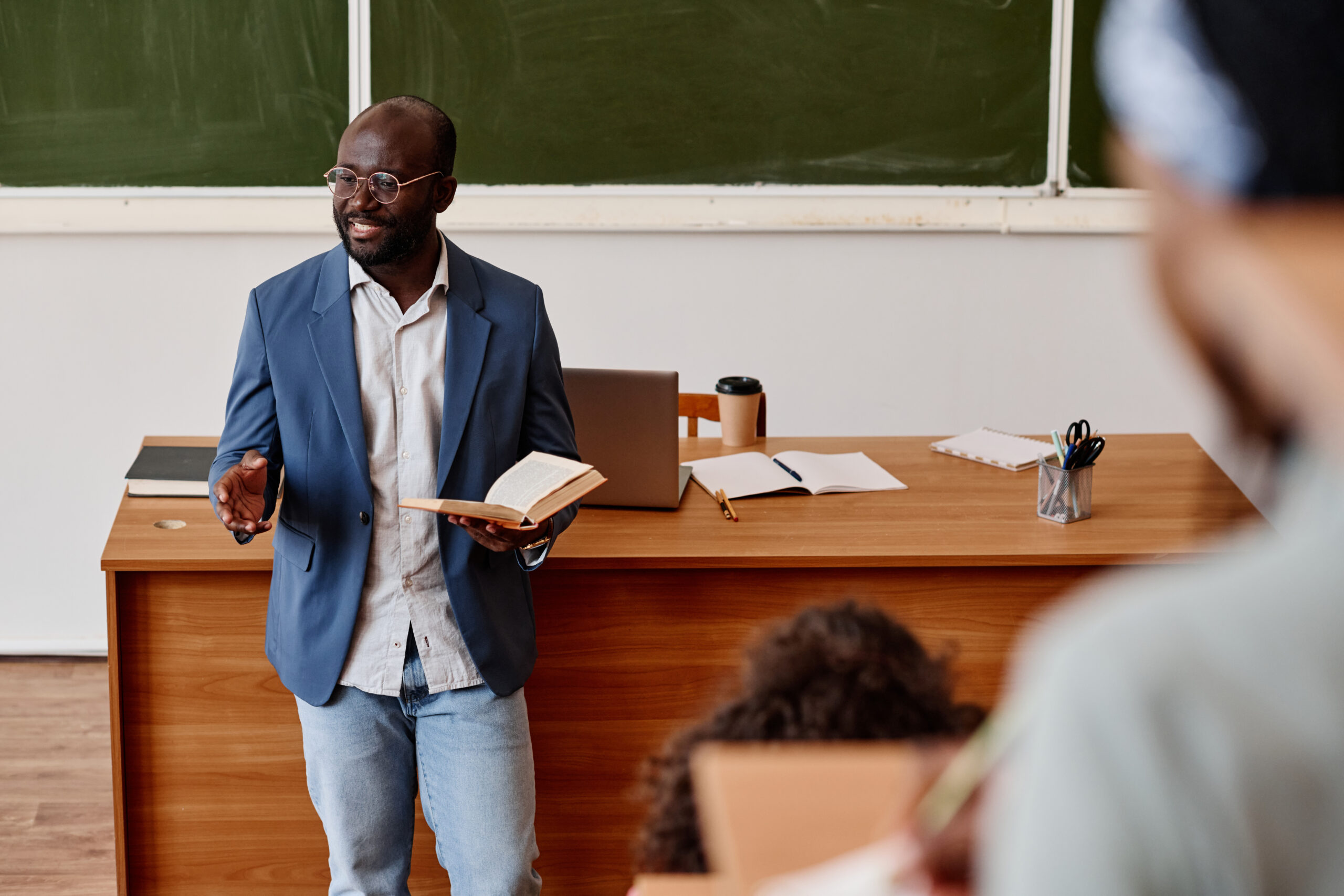Primary Science Tuition Singapore for Building Confidence in Science
Primary Science Tuition Singapore for Building Confidence in Science
Blog Article
Discovering the Various Teaching Techniques in Main Science Education And Learning Today
Inquiry-based knowing, hands-on experiments, and the assimilation of technology are redefining how educators engage young minds. Furthermore, collective methods and distinguished instruction are being employed to cater to the varied demands of pupils, improving both interaction and understanding.
Inquiry-Based Discovering
Inquiry-Based Knowing (IBL) is an instructional technique that encourages students to check out clinical principles through doubting, investigation, and hands-on trial and error. This approach emphasizes the role of trainees as energetic individuals in their discovering, promoting crucial reasoning and problem-solving abilities. By engaging with real-world inquiries, pupils become motivated and curious, which boosts their understanding of scientific principles.
In IBL, instructors work as facilitators, directing students as they browse their questions instead of providing information directly. This student-centered strategy enables differentiation, fitting various learning styles and speeds. Pupils develop skills in formulating theories, designing experiments, and evaluating information, which are essential for scientific proficiency.
In addition, IBL promotes partnership amongst pupils, urging them to share ideas and findings. This cumulative query advertises social abilities and a sense of neighborhood within the class. Additionally, the process of query urges durability, as students discover to accept failing as a tipping rock toward understanding.
Hands-On Experiments
Hands-on experiments are a vital part of reliable scientific research education, enhancing the concepts of inquiry-based discovering. These experiments allow trainees to engage straight with scientific ideas, cultivating a much deeper understanding through experiential discovering. By adjusting products and observing results, young students can grasp abstract concepts in tangible ways.
Such activities advertise critical thinking and analytic abilities, as pupils assume end results, conduct experiments, and assess outcomes. This process urges them to ask questions, improve their understanding, and establish a scientific state of mind. Hands-on experiments can be tailored to diverse learning designs, making sure that all students have the opportunity to engage meaningfully with the content.
Additionally, hands-on experiments commonly motivate collaboration among peers, advertising team effort and communication abilities. Working in groups allows trainees to share concepts, talk about searchings for, and pick up from each other, which improves their overall academic experience.
Incorporating hands-on experiments right into the key science educational program not just improves the discovering setting but likewise cultivates a long-lasting rate of interest in science. By actively joining their education, students are most likely to create a passion for scientific query that extends past the class.

Modern Technology Assimilation
Incorporating innovation into primary science education and learning has actually come to be significantly crucial in fostering pupil interaction and improving learning results. Making use of electronic tools, such as interactive simulations, digital labs, and academic software application, offers students with opportunities to discover scientific ideas in innovative methods. These sources help with a much deeper understanding of intricate subjects by enabling students to picture and manipulate variables that would be impractical in a conventional classroom setting.
In addition, technology assimilation motivates personalized learning experiences. Trainees can advance at their own pace, reviewing tough ideas via multimedia resources, which accommodate different knowing styles. This flexibility not just sustains specific development but also grows a feeling of freedom in students.
Additionally, technology works as a bridge to real-world scientific research, linking students with existing study and specialist payments. Access to on the internet data sources and scientific journals widens students' perspectives on scientific query and cultivates essential believing abilities.
Collaborative Learning
Collaborative discovering plays a vital role in main science education by promoting teamwork and communication skills among students. This strategy urges students to collaborate, share expertise, and engage in problem-solving, which improves their understanding of clinical principles. By joining group tasks, students find out to articulate their ideas, pay attention to varied point of views, and work out solutions, all of which are important skills in both academic and real-world contexts.

Research study shows that joint understanding can bring about increased inspiration and involvement in science subjects, as pupils find satisfaction in shared experiences (primary science tuition Singapore). Additionally, this technique prepares pupils for future joint undertakings, outfitting them with the abilities required for efficient teamwork in college and professional atmospheres. Inevitably, embracing joint understanding in key scientific research education can substantially enrich the knowing experience and advertise a much deeper understanding of clinical inquiry
Differentiated Direction

Differentiated guideline can manifest in various means, such as varying the content, processes, or products of discovering. For instance, instructors may utilize tiered projects that provide differing degrees of intricacy, enabling pupils to function at their corresponding preparedness degrees. Additionally, versatile grouping techniques can assist in partnership amongst trainees with different abilities, fostering peer knowing.
Assessment plays a vital role in this strategy, as it informs direction and assists instructors understand each pupil's special requirements. Formative analyses, such as tests and observations, can guide teachers in readjusting their approaches to improve finding out end results. primary science tuition Singapore. Ultimately, by implementing distinguished guideline in key science education, instructors can cultivate a more fair and effective knowing setting, empowering all trainees to reach their full capacity in comprehending clinical phenomena
Conclusion
In recap, the diverse mentor approaches in primary science education and learning, consisting of inquiry-based discovering, hands-on experiments, innovation integration, collaborative learning, and separated direction, collectively add to a more effective understanding environment. These approaches promote important reasoning, analytical abilities, and a much deeper understanding of scientific concepts. By implementing these methods, teachers can develop interesting and encouraging classrooms that address the diverse Discover More needs of pupils, inevitably cultivating a long-lasting passion in science and enhancing academic achievement.
Inquiry-Based Knowing (IBL) is an instructional method that encourages pupils to explore scientific concepts via wondering about, examination, and hands-on trial and error.Joint discovering plays a vital function in main science education by fostering teamwork and communication abilities among trainees.Study indicates that collaborative understanding can lead to boosted inspiration and involvement in science subjects, as pupils find pleasure in common experiences.In cultivating a comprehensive learning setting, distinguished guideline arises as an essential strategy to accommodate the diverse demands and capabilities of students in key science education and learning. Ultimately, by carrying out separated direction in key scientific research education and learning, instructors can grow a more fair and reliable understanding environment, empowering all pupils to reach their full capacity in comprehending scientific sensations.
Report this page